princess myshkin. painter. poet. sculptor. alchemist 𓅪✧
Don't wanna be here? Send us removal request.
Text

Print in my shop :) https://emilyscartoons.myshopify.com/
8K notes
·
View notes
Text
Thinking about how CS Lewis officially lost his faith, squelched in the mud and despair of the trenches in World War I, and wrote poetry railing against God—then made friends with Tolkien, who had lost quite literally all but one of his original friends just a hundred or so miles away in the same trenches. And how Lewis became The friend for Tolkien, which brought together a whole group of them. And how Tolkien brought his faith back to Lewis. And when the next dark night came, when the Germans were bombing them in their own homes this time, the BBC cast about for a voice to provide faith and hope to the nation, and found Lewis to do it. The man who’d been crushed by the last trenches and brought out of it by faith. And meanwhile Tolkien with the encouragement of his friend Lewis would be creating eucatastrophe in his epic that would settle for Tolkien and many others the gloom of despair into unlooked for hope.
2K notes
·
View notes
Text

Tag urself: wet 'n' wild wetland edition! (source)
5K notes
·
View notes
Text


Recreation of Howl's Moving Castle at Ghibli Park in Nagoya, Japan
54 notes
·
View notes
Text


Joanna Newsom 🤍
512 notes
·
View notes
Text
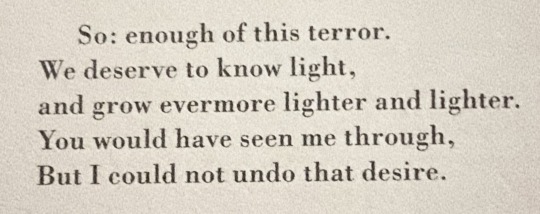
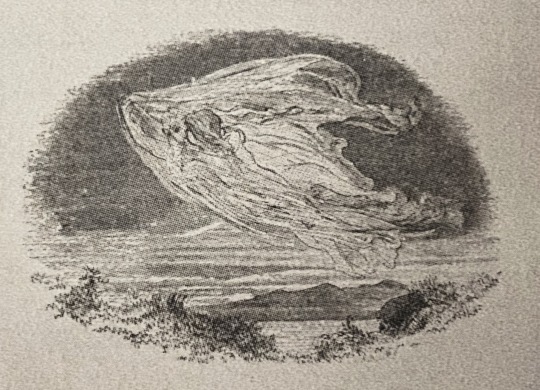
Joanna Newsom, Sawdust & Diamonds
260 notes
·
View notes
Text
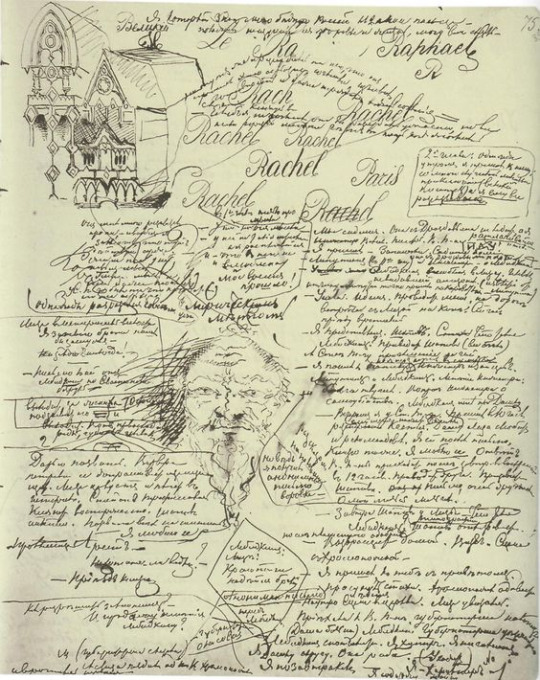

dostoevsky's manuscripts
2K notes
·
View notes
Text
not to be a number nerd on main but 2025 (45^2) will be the only square year most of us ever experience. the last one was 1936 and the next one will be 2116
110K notes
·
View notes
Text

Sun is always the calm one. While the Moon has more fps, always moves and wants to gnaw on walls, pace around and destroy timelines, the Sun is the one who prevents the chaos, usually by doing nothing. Or at least that's how I see them.
20K notes
·
View notes
Text



Caetano & Gilberto ❤️
8 notes
·
View notes
Text

Caetano Veloso ❤️
1 note
·
View note
Text
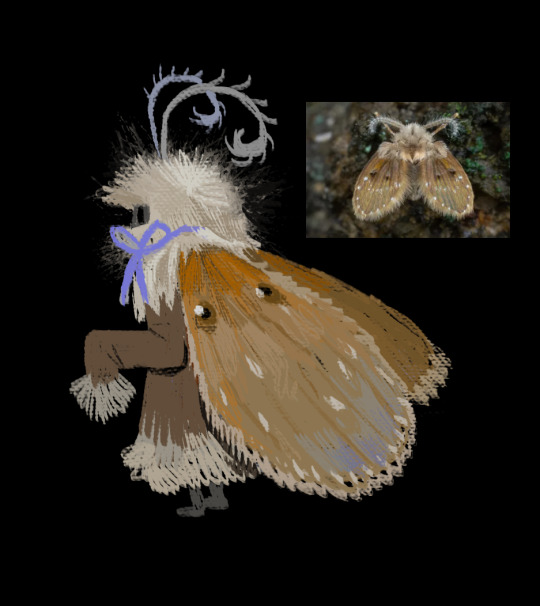
some bugs i drew hehe : ]
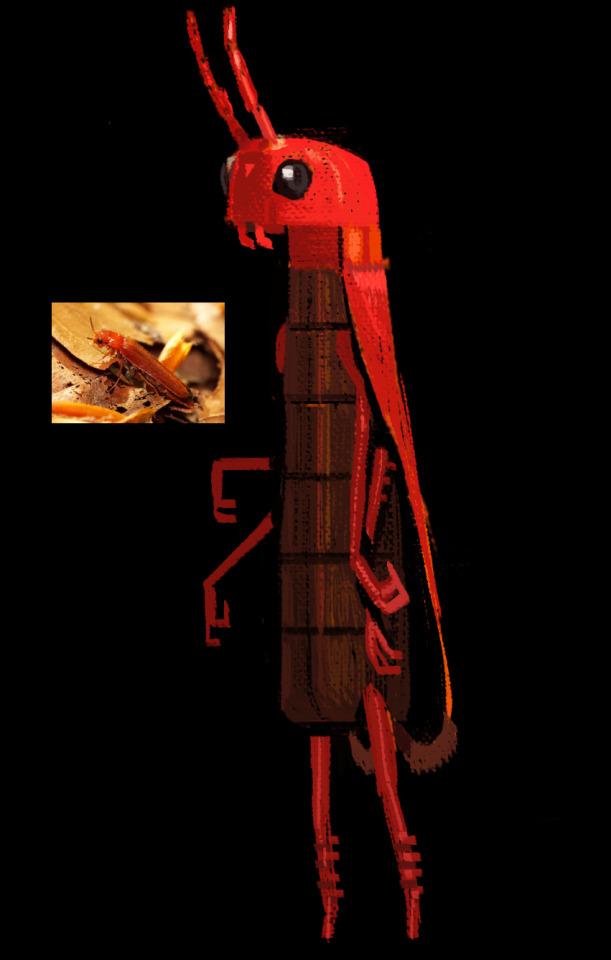
23K notes
·
View notes
Text
Yellowjacket-Mimicking Moth: this is just a harmless moth that mimics the appearance and behavior of a yellowjacket/wasp; its disguise is so convincing that it can even fool actual wasps

This species of moth (Myrmecopsis polistes) is one of the most impressive wasp-mimics in the world. The moth's narrow waist, teardrop-shaped abdomen, black-and-yellow patterning, transparent wings, smooth appearance, and folded wing position all mimic the features of a wasp. Unlike an actual wasp, however, it does not have any mandibles or biting/chewing mouthparts, because it's equipped with a proboscis instead, and it has noticeably "feathery" antennae.
There are many moths that use hymenopteran mimicry (the mimicry of bees, wasps, yellowjackets, hornets, and/or bumblebees, in particular) as a way to deter predators, and those mimics are often incredibly convincing. Myrmecopsis polistes is one of the best examples, but there are several other moths that have also mastered this form of mimicry.

Above: Pseudosphex laticincta, another moth species that mimics a yellowjacket
These disguises often involve more than just a physical resemblance; in many cases, the moths also engage in behavioral and/or acoustic mimicry, meaning that they can mimic the sounds and behaviors of their hymenopteran models. In some cases, the resemblance is so convincing that it even fools actual wasps/yellowjackets.

Above: Pseudosphex laticincta
Such a detailed and intricate disguise is unusual even among mimics. Researchers believe that it developed partly as a way for the moth to trick actual wasps into treating it like one of their own. Wasps frequently prey upon moths, but they are innately non-aggressive toward their own fellow nest-mates, which are identified by sight -- so if the moth can convincingly impersonate one of those nest-mates, then it can avoid being eaten by wasps.

Above: Pseudosphex laticincta
I gave an overview of the moths that mimic bees, wasps, yellowjackets, hornets, and bumblebees in one of my previous posts, but I felt that these two species (Myrmecopsis polistes and Pseudosphex laticincta) deserved to have their own dedicated post, because these are two of the most convincing mimics I have ever seen.

Above: Pseudosphex sp.
I think that moths in general are probably the most talented mimics in the natural world. They have so many intricate, unique disguises, and they often combine visual, behavioral, and acoustic forms of mimicry in order to produce an uncanny resemblance. Moths are just so much more interesting than people generally realize.
Sources & More Info:
Journal of Ecology and Evolution: A Hypothesis to Explain Accuracy of Wasp Resemblances
Entomology Today: In Enemy Garb: A New Explanation for Wasp Mimicry
iNaturalist: Myrmecopsis polistes and Pseudosphex laticincta
Transactions of the Entomological Society of London: A Few Observations on Mimicry
14K notes
·
View notes
Text
more progress on bird toy...!




6K notes
·
View notes
Text
senior thesis chalk board
umwelt theory
1 note
·
View note

